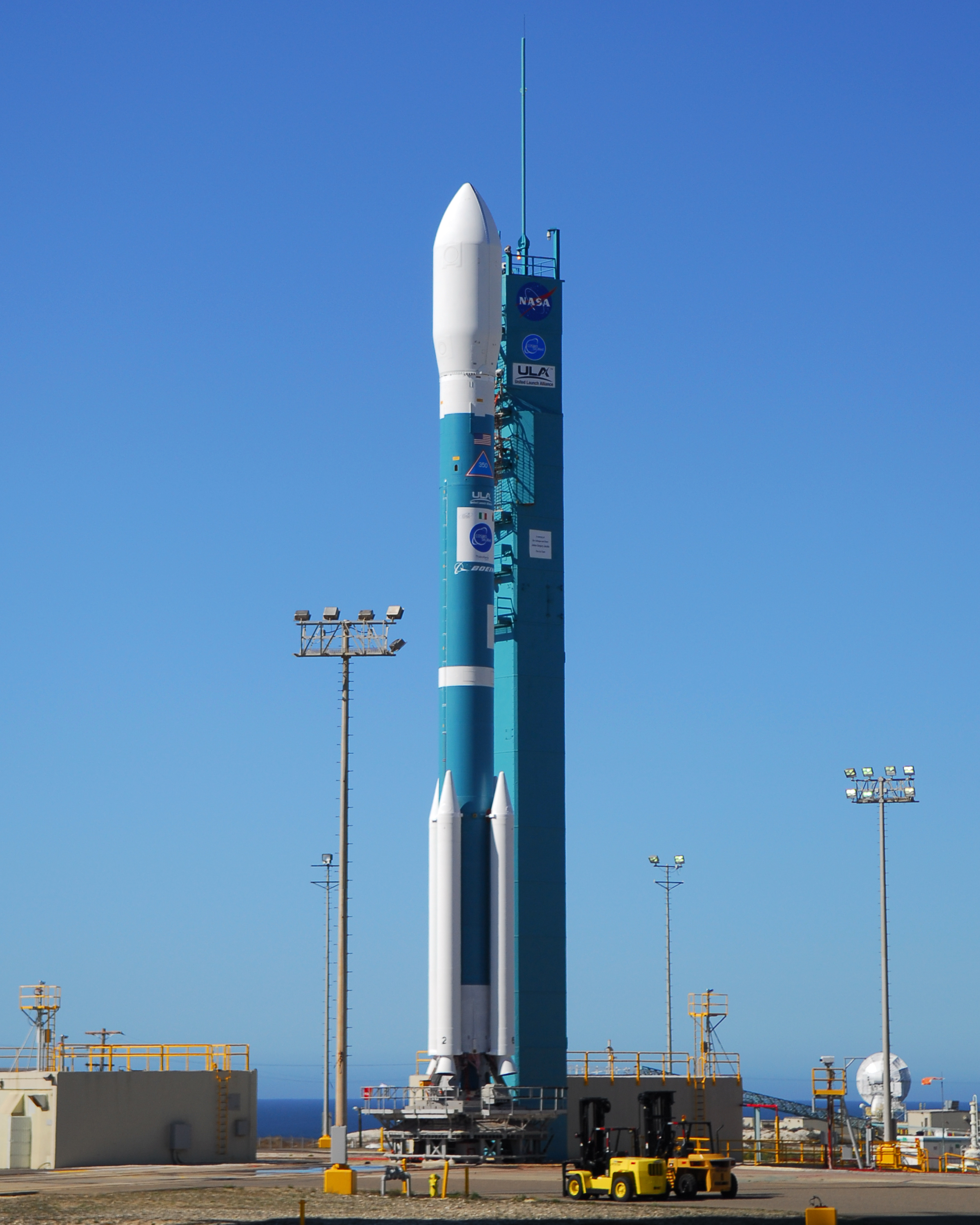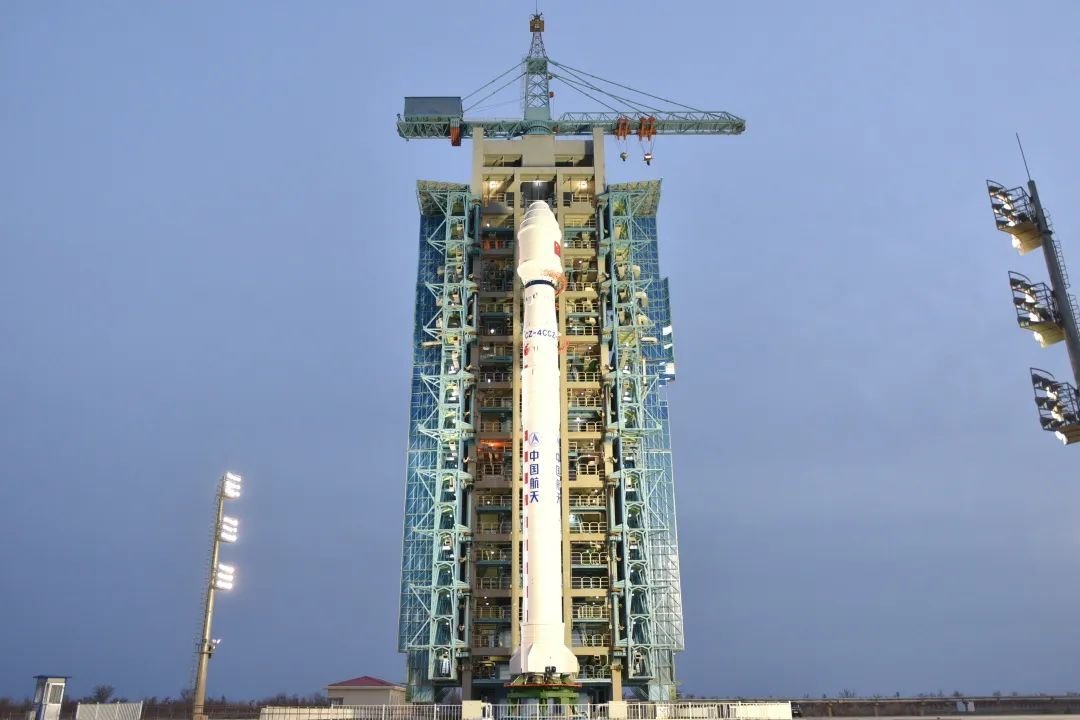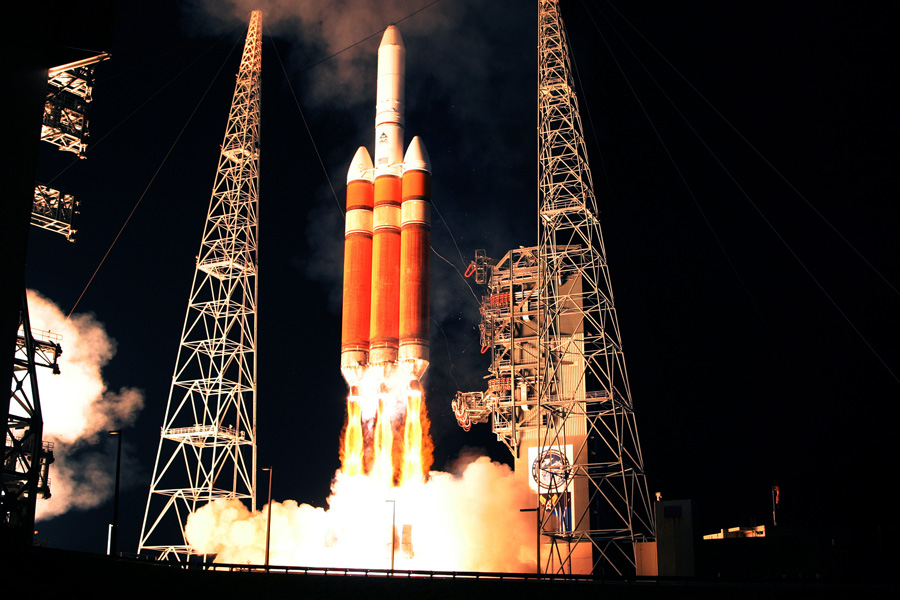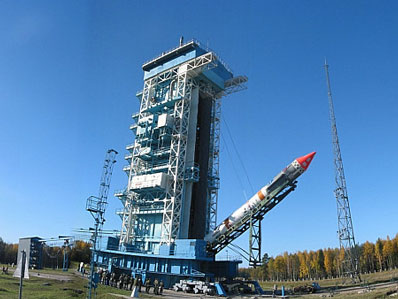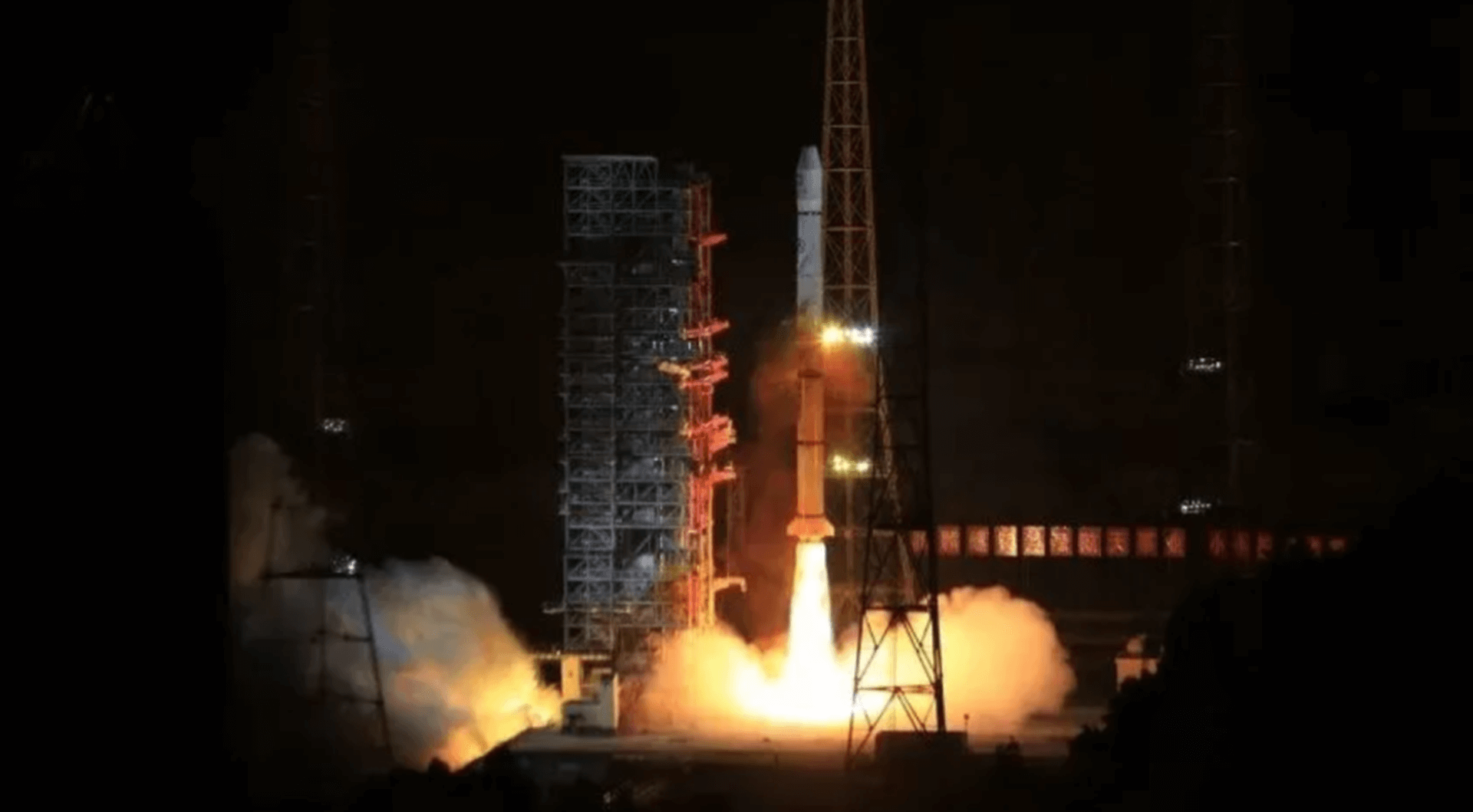Previous Spaceflight Launches
Filter by Agency, Locations or Vehicles
Show All LaunchesDelta II 7420-10 | COSMO-SkyMed 2
United Launch Alliance | United States of AmericaVandenberg SFB, CA, USA
Dec. 9, 2007, 2:31 a.m.
Proton-M Briz-M | Raduga-1M
Khrunichev State Research and Production Space Center | RussiaBaikonur Cosmodrome, Republic of Kazakhstan
Dec. 9, 2007, 12:16 a.m.
Proton-M Briz-M | Sirius 4
Khrunichev State Research and Production Space Center | RussiaBaikonur Cosmodrome, Republic of Kazakhstan
Nov. 17, 2007, 10:39 p.m.
Ariane 5 ECA | Skynet 5B & Star One C1
ArianeGroup | FranceGuiana Space Centre, French Guiana
Nov. 14, 2007, 10:06 p.m.
Status: Launch Successful
Mission:
Skynet 5B is a military communications satellite for the British Ministry of Defence and operated by Paradigm Secure Communications. It is located at 53 degrees East. Star One C1 is a Brazilian communications satellite located in Geostationary Orbit at 65 degrees West.
Geostationary Transfer OrbitLong March 4C | Yaogan Weixing 3
China Aerospace Science and Technology Corporation | ChinaTaiyuan Satellite Launch Center, People's Republic of China
Nov. 11, 2007, 10:48 p.m.
Delta IV Heavy | DSP-23
United Launch Alliance | United States of AmericaCape Canaveral SFS, FL, USA
Nov. 11, 2007, 1:50 a.m.
Kosmos-3M | SAR-Lupe 3
Russian Space Forces | RussiaPlesetsk Cosmodrome, Russian Federation
Nov. 1, 2007, 12:51 a.m.
Proton | Uragan-M 9 to 11
Khrunichev State Research and Production Space Center | RussiaBaikonur Cosmodrome, Republic of Kazakhstan
Oct. 26, 2007, 7:35 a.m.
Long March 3A | Chang'e-1
China Aerospace Science and Technology Corporation | ChinaXichang Satellite Launch Center, People's Republic of China
Oct. 24, 2007, 10:05 a.m.
Space Shuttle Discovery / OV-103 | STS-120
National Aeronautics and Space Administration | United States of AmericaKennedy Space Center, FL, USA
Oct. 23, 2007, 3:38 p.m.
Status: Launch Successful
Mission:
STS-120 was a space shuttle mission to the International Space Station (ISS) that launched on 23 October 2007 from the Kennedy Space Center, Florida. The mission is also referred to as ISS-10A by the ISS program. STS-120 delivered the Harmony module and reconfigured a portion of the station in preparation for future assembly missions. STS-120 was flown by Space Shuttle Discovery, and was the twenty-third space shuttle mission to the ISS.
Low Earth Orbit